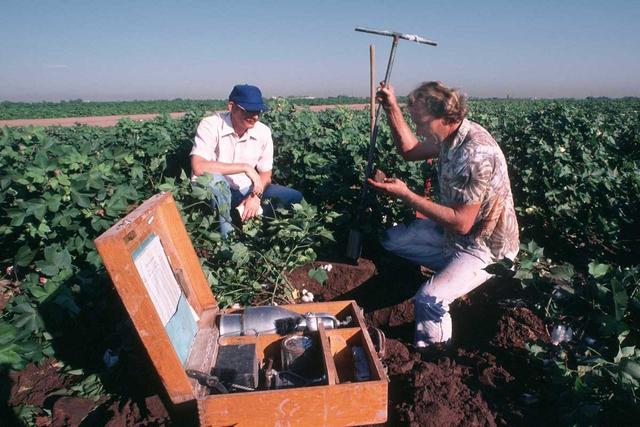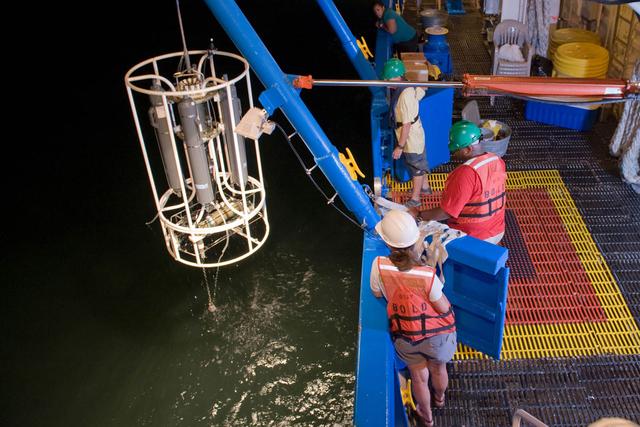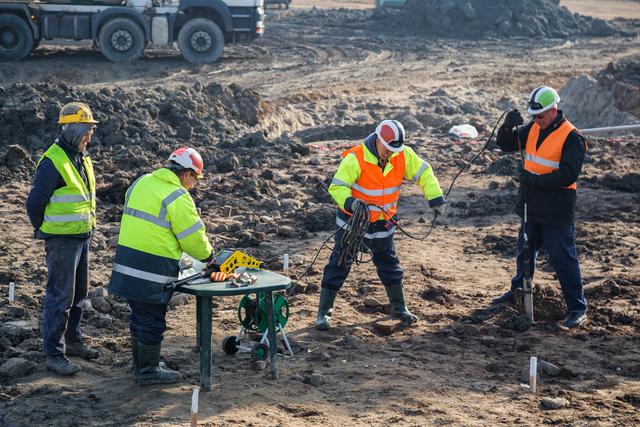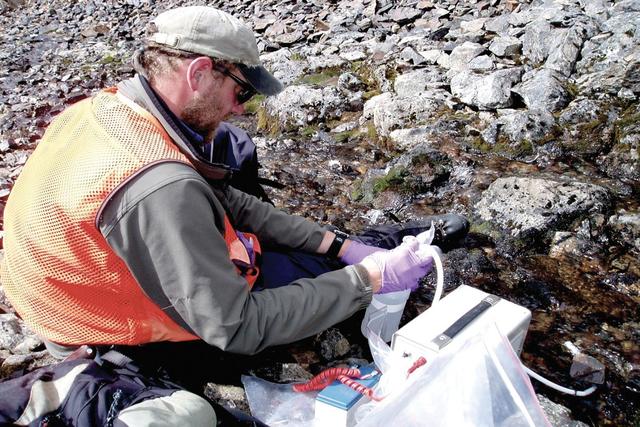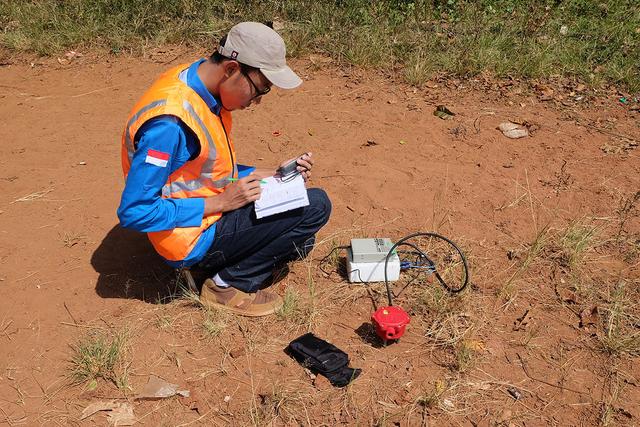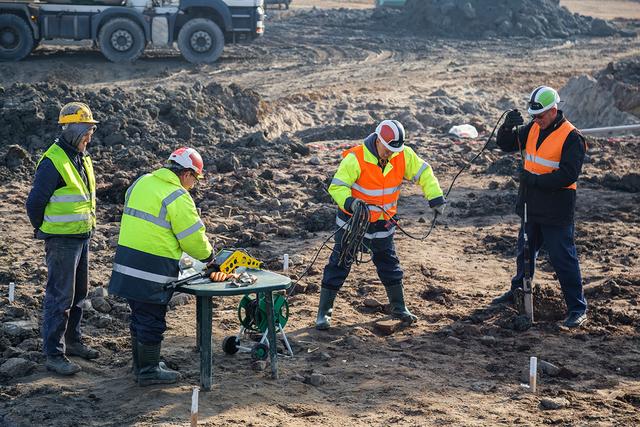Earth Sciences

Overview
Earth sciences is an umbrella term for several fields of study and work, including geography, geology, meteorology, and oceanography. Each of these fields shares a common goal: studying a particular aspect of the Earth or atmosphere in order to improve our understanding and abilities to manage our natural resources.
Over the last 50 years, humankind has come to realize that Earth's resources are not limitless. Reserves of most fossil fuels dwindled toward the end of the 20th century. With the practice of hydraulic fracturing (drilling into shale formations using water), both natural gas and oil reserves have increased dramatically domestically and abroad. But even these have an end point. Throughout the world, many people have become sick because of lack of clean drinking water, and as populations continue to increase, the need for plentiful and safe water escalates. Climate change has also affected the world's weather, and scientists have sought to understand the changes, their impacts, and how to deal with them. All of these issues, plus many others, are what drive workers in the earth sciences industry. Geography is most concerned with studying and mapping the topographical details of the Earth's surface. Geographers and other earth sciences professionals use geographic information systems technology to map, manipulate, store, and selectively retrieve geographic data. They use this data for a variety of purposes, such as business planning, studying disease outbreaks or epidemics, environmental planning, or natural resource management. Approximately 1,500 geographers worked in the United States in 2018, according to the Department of Labor (DOL).
The field of geology is most concerned with the composition and features of the Earth under the surface. Workers in this field study the layers of the Earth to its core and examine rock formations and the chemical composition of the Earth's crust and layers. Workers seek to understand and predict earthqua...
